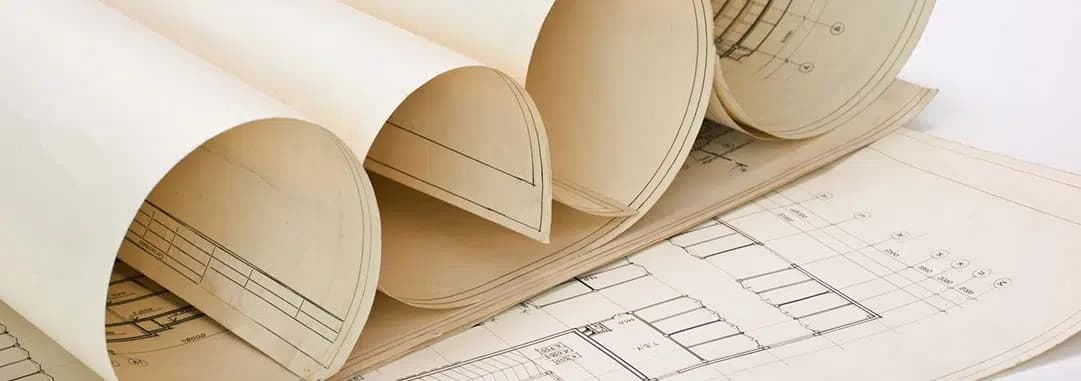
Nightmare Sale of Pre ’63 Property Successfully Completed
Investment Property partly built on neighbours land
Mick was originally from County Mayo. He worked in London as a builder in the 70’s and 80’s and had made a lot of money. He came home and bought a pre-1963 investment property for rent. As time went on he bought more and more properties.
When I met Mick he had sold all of his properties except one last pre ’63 property in 16 units. He said to me that he was now in his early 70’s. He wasn’t comfortable collecting cash from the tenants on a Friday evening. Traditionally tenants paid weekly in cash on Friday or Saturday.
Quality of Declaration for Pre’63 Investment Property
We reviewed the title to the property which appeared to be in order. We reviewed the quality of the declarations backing up the pre ’63 status of the investment property. The status of a pre ’63 investment property is entirely dependent on what is contained in the declarations. We reviewed the declarations and confirmed they were in order. We were satisfied that the property was marketable.
Pre’63 Investment Property and NPPR Liability
I asked Mick for proof that the Non-Principal Private Residence Charge from 2009 to 2013 had been paid. Mick said he had been advised that only one sum of €7,230 was due per property as opposed to per unit. I advised Mick that the correct interpretation was that €7,230 NPPR was owed on each of the 16 units of the property. This left Mick with an outstanding NPPR liability of €108,450.
The agent marketed the property fully for an 8-week period. The sale was agreed with a foreign-registered investment company. The investment company were anxious to complete the matter as soon as possibl
VAT Liability on Pre’63 Investment Property
Due to renovations and works carried out on the property, there was a possibility that VAT might have to be paid on the purchase price. A VAT pre-contract enquiries questionnaire was issued to Mick’s accountant, who was able to confirm that no VAT was payable.
Pre ’63 Investment Property Built on neighbours land
As with most pre ’63 properties, the property was registered in the old system of registration, namely the Registry of Deeds. It was necessary to send an architect out to prepare a map for registration in the new Land Registry system. This is compulsory on the sale of a property. The architect was given a copy of the original title map showing the boundaries of the property. The architect prepared a land registry compliant map. It showed that part of Mick’s property appeared to be in the back garden of the neighbouring property.
Upon enquiries being made, the situation worsened. It appeared that the previous owners of the property for sale and the owners of the neighbouring property had, at some stage, built a 4-storey extension. Each of them had taken 2 floors.Each floor extended into the other persons property. Due to the ways the two houses were connected, the interleaving floors of the extension were not apparent to the subsequent owners or to the agent selling the property. Both properties had been sold on a number of occasions without the issue becoming apparent.
Solving the Problems
I made contact with the owner of the adjoining property and their solicitor. I negotiated a Deed of Rectification of the boundaries. The main difficulty was that the adjoining property was not for sale and therefore the owner of the property was not under any time pressure to sort out the boundary mess. The purchaser of Mick’s property was placing Mick under huge pressure to complete the matter as soon as possible, otherwise they would pull out of the sale. Eventually a Deed of Rectification setting out the various rights and liabilities of the 2 adjoining properties was agreed with the neighbour’s solicitor and with the purchasers. Title to the property next door had to be obtained, reviewed and sent to the purchaser’s solicitor for review.
After a lot of deliberation, all of the documentation was agreed and the matter was completed.
Mick ended up having to pay €108,450 from the sale proceeds in order to discharge the NPPR. In addition, he had to pay 15 extra household charges of €200 per unit, in total €3,000.There were also extra fees incurred for the extra work involved in the sale of the property.
The client was relieved and happy that the transaction had completed and not fallen through and that he could now finally retire from pre’63s.
The above story is true. However, the names of the people involved and the locations have been changed to protect their privacy.
